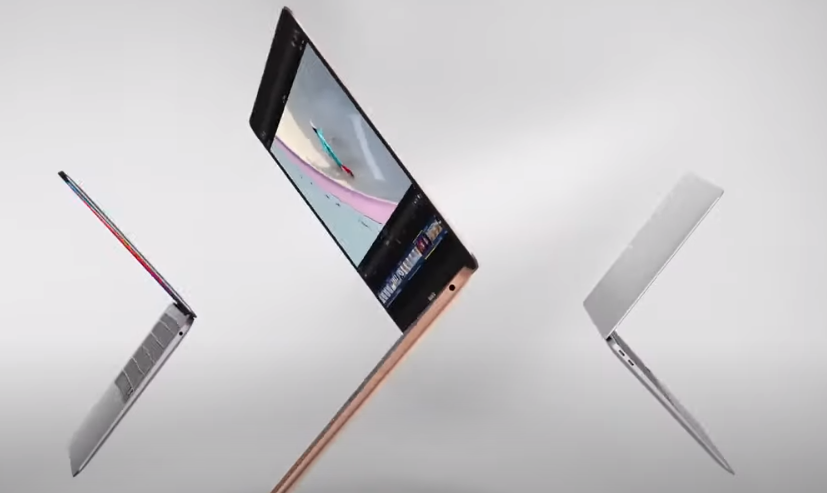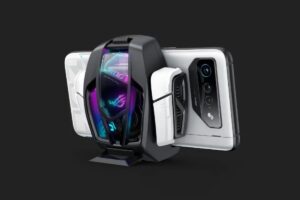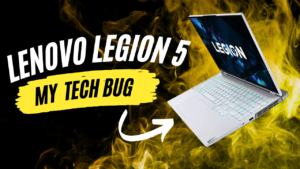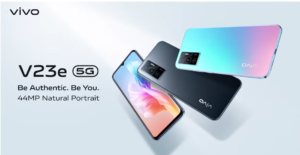Apple MacBook Air M1
Apple’s MacBook Air has been around for years and has been a favourite among ultra-thin laptops, but it has only gotten small changes now and then. We liked the model that was changed in early 2020, but it was not a major update, even though the keyboard was better. The speed of the MacBook Air has always been less important than its price and size, but that has changed with the release of Apple’s M1 chip. Along with its “Big Sur” OS update, Apple stopped using Intel processors in favour of its silicon-based answer. This gave the MacBook Air a new lease on life (while keeping its fanless design).
The new 13-inch MacBook Pro and Mac mini, which also run on the M1 system-on-a-chip (SoC), came out simultaneously as the MacBook Air. All of them are impressive, but the change to the MacBook Air is the most amazing. At $999 (as tried), it’s the best deal among Mac laptops, especially considering that it has a battery life of almost 30 hours and a luxury, super-slim design. The M1-based MacBook is our favourite Apple laptop for 2023.
Apple MacBook Specs
| Laptop Class | Ultraportable |
| Processor | Apple M1 |
| RAM | 8 GB |
| Boost Drive Test | SSD |
| Boot Drive Capacity | 256 GB |
| Screen Size | 13.3 inches |
| Native Display Resolution | 2560 by 1600 |
| Panel Technology | IPS |
| Variable Refresh Support | NONE |
| Operating System | Apple macOS |
Pros
- Affordable, especially in comparison to a MacBook
- The new M1 CPU from Apple significantly boosts performance
- Longest battery life possible
- Conveniently compact and made of metal
- Superior screen, touchpad, and keyboard construction
- Choices in a rainbow of hues
Cons
- Only two USB Type-C ports are available
- There is still no touch-screen choice
Price
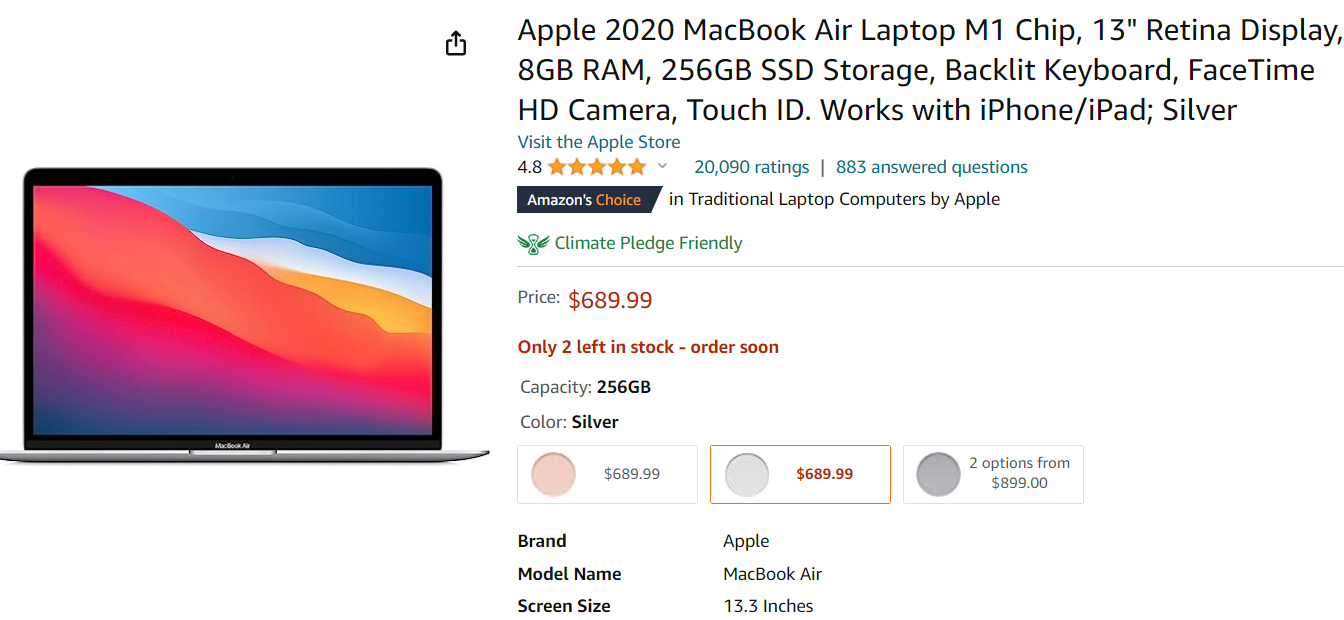
The new MacBook Air looks almost exactly like the Intel-based one that Apple put out earlier this year. It has the same wedge-shaped form that people love, a 2560 x 1600 screen that can get as bright as 400 nits, Touch ID fingerprint login, decent speakers, Apple’s updated scissor-switch keyboard, and that huge trackpad. It also costs $999 for a device with 8GB of RAM and 256GB of disc space. The graphics processor on that base model has one less core than versions that cost more, but I don’t know what effect that might have. (It probably isn’t much.) The type I am trying costs $1,649 and has 16GB of RAM and 1TB of storage. As before, you can’t change anything if you need to in the future.
Portability
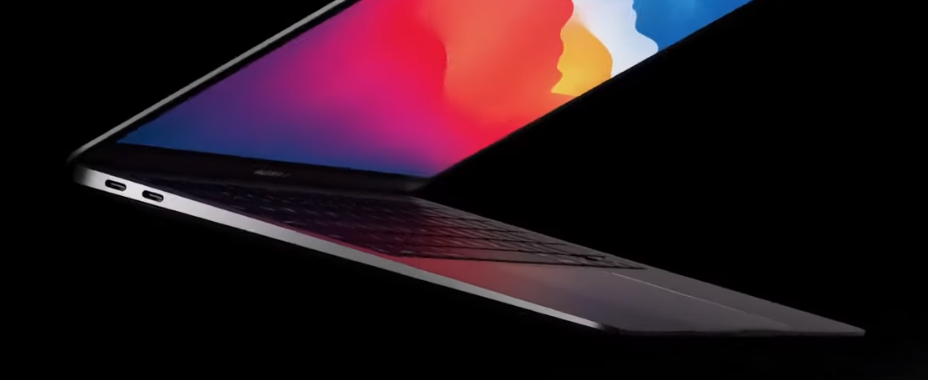
The new MacBook Air looks a lot like the old one, which makes sense since it is one of the most popular computers in the world. From the outside, not much has changed since the last one, and it would be hard to tell the difference between the two. Still, you can choose from Space Grey, Gold, or Silver. The all-metal design is strong and high-quality, and even after so many years, it still gives you that envious MacBook feeling. The MacBook Air is still one of the most stylish compact computers.
It has a height, width, and depth of 0.63 by 11.97 by 8.36 inches and weighs 2.8 pounds. This makes it one of the smallest computers on the market and also one of the lighter ones. Some high-end Windows laptops are lighter, like the non-touch Dell XPS 13 and the 2.4-pound ThinkPad X1 Carbon, but the difference isn’t that big in real life once you’re under 3 pounds. This is a great travel partner for any student who needs to bring it to class or any business worker who needs to bring it to work every day. It lives up to its name, “Air,” because you won’t even feel it in your bag.
Webcam
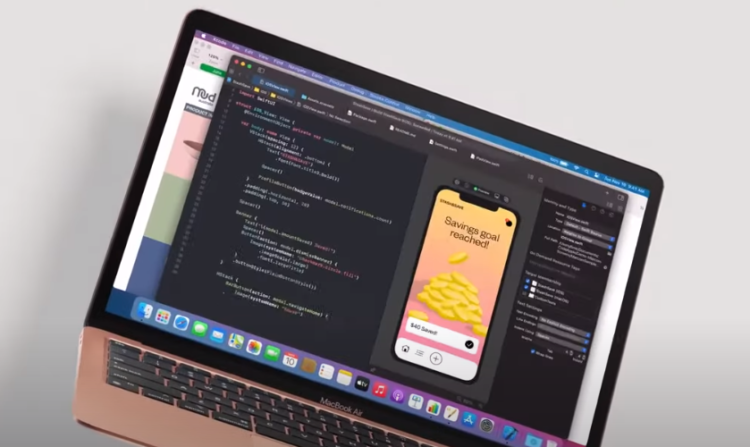
Unfortunately, this is also true of the camera, which has the same terrible 720p resolution and is just as bad. Apple tried to improve the picture by using some of the real-time image processing from the iPhone. It does a better job of properly lighting my face, but I mostly notice that it still looks bad, only now it looks worse because of the processing. Apple has moved to a unified memory design, which means there is no longer a separate memory for graphics. This change will affect pro users and coders more than the average MacBook Air user. Apple says that this is better. I can’t say if the 8GB type has enough RAM to handle both the CPU and GPU needs, but the 16GB on my review unit has worked fine so far.
Display

Next is the display, which is also as good as ever. Here, Apple’s 13.3-inch Retina Display is used again. It has a 16:10 aspect ratio and a resolution of 2,560 by 1,600 pixels. This is much better than most computers’ full HD quality (1,920 by 1,080 pixels), but it still needs to be better than 4K. The latter is usually only found on high-end computers and PCs used to create content. The higher number of pixels is useful, but it drains the battery and costs much more. The sharpness of Retina Display is very sharp without being too much for the kind of general work a MacBook Air is made for. The screen looks great, but the edges are less thin than on some other high-end Windows computers, like the Dell XPS 13.
In comparison, the black edges look a little dated, but that’s hardly a deal breaker. This screen doesn’t have HDR support or an OLED choice, which is becoming more common in Windows computers. However, it does have Apple’s True Tone technology, which changes the screen’s white balance to match the lighting around it. This may look better and be easier on your eyes, but you can turn it off completely in System Preferences if you want to.

